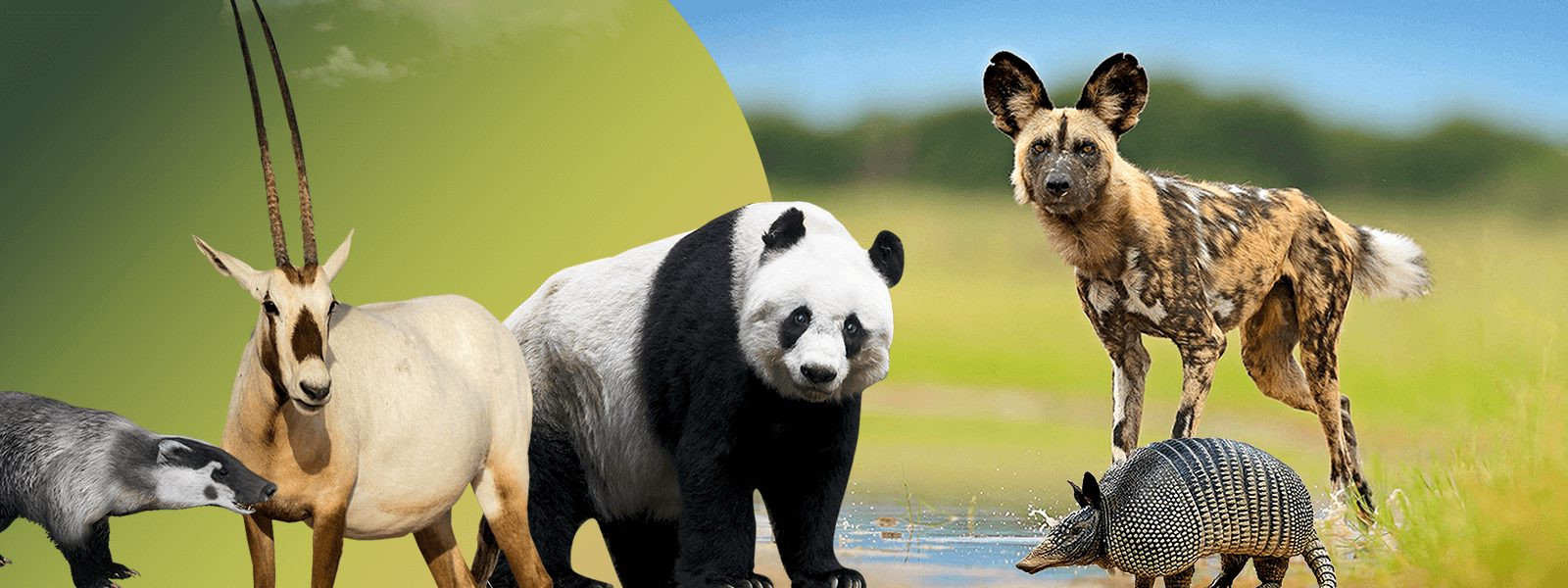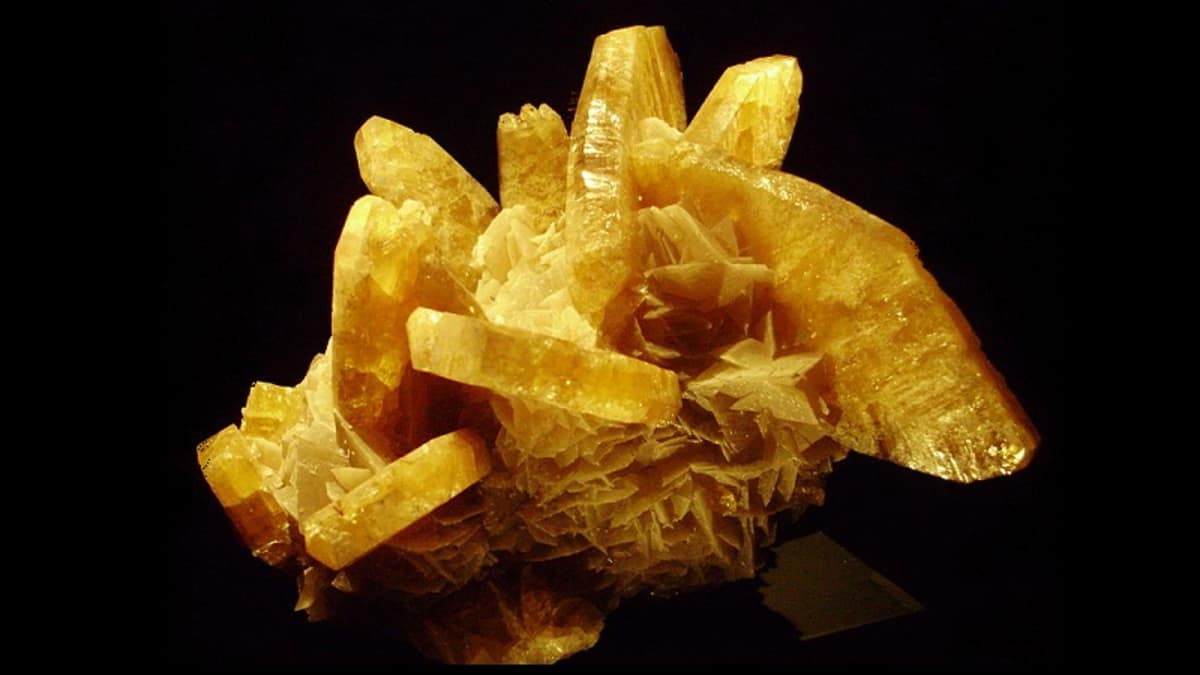
Endangered species are a critical concern in today’s world, as the alarming rate of species extinction continues to rise. It is estimated that thousands of plant and animal species are currently facing the threat of extinction, primarily due to human activities such as habitat destruction, poaching, pollution, and climate change. The loss of these species not only disrupts delicate ecosystems but also poses a significant risk to our own well-being.
In this article, we will explore 13 astonishing facts about endangered species that highlight the urgency of conservation efforts. From the incredible diversity of life on our planet to the potential cures hidden within these threatened species, the importance of preserving and protecting these creatures cannot be overstated. So, let’s dive into the fascinating world of endangered species and discover why their preservation is crucial for the future of our planet.
Key Takeaways:
- Over 1 million species are at risk of disappearing forever due to habitat destruction, climate change, and illegal wildlife trade. It’s crucial for us to take action to protect these endangered species and their habitats.
- Conservation efforts have successfully saved some species from extinction, showing that our actions can make a difference. By working together, we can ensure a future where endangered species thrive in their natural habitats.
Over 1 million species are currently at risk of extinction.
The alarming truth is that our planet is currently facing a biodiversity crisis. With habitat destruction, climate change, and population growth, over 1 million species are on the brink of disappearing forever.
The Amur Leopard is the most endangered big cat in the world.
This majestic creature is native to the Russian Far East and Northeast China. With only around 100 individuals left in the wild, the Amur Leopard is critically endangered due to habitat loss and poaching.
Illegal wildlife trade is a multi-billion-dollar industry.
Unfortunately, the illegal trade of endangered species is a lucrative business. It is estimated to be worth billions of dollars each year, making it one of the most profitable illicit activities worldwide.
Climate change is a major threat to endangered species.
Rising temperatures and changing weather patterns have a devastating impact on vulnerable species. From polar bears losing their sea ice habitat to coral reefs bleaching due to warmer oceans, climate change poses a significant threat to countless endangered species.
The Black Rhino population has declined by 97% in the last 50 years.
These magnificent creatures once roamed across Africa, but relentless poaching for their horns has pushed them to the brink of extinction. With only around 5,500 remaining individuals, urgent conservation efforts are needed to save the Black Rhino.
Deforestation is a leading cause of species extinction.
The destruction of forests for agriculture, logging, and urbanization destroys vital habitats that countless species rely on for their survival. Loss of habitat is a major driver of species extinction, and deforestation is a significant contributor to this crisis.
The Sumatran Orangutan is critically endangered.
This gentle and intelligent great ape is native to the island of Sumatra in Indonesia. With its habitat rapidly disappearing due to palm oil plantations and illegal logging, there are only around 14,600 Sumatran Orangutans left in the wild.
Approximately 25% of all plant species are at risk of extinction.
Plants play a crucial role in our ecosystems, providing food, oxygen, and habitat for numerous animal species. The loss of plant biodiversity not only affects the plants themselves but also has far-reaching consequences for other species and the environment as a whole.
The blue whale is the largest animal on Earth and is endangered.
Despite their immense size, blue whales face several threats, including ship strikes, entanglement in fishing gear, and climate change impacting their food sources. With around 10,000 individuals left in the world’s oceans, the conservation of these magnificent creatures is of utmost importance.
Illegal logging contributes to the destruction of 13 million hectares of forest each year.
Illegal logging not only devastates forests but also contributes to habitat loss for numerous endangered species. It is estimated that illegal logging accounts for approximately 50-90% of all logging in some countries, exacerbating the impact on biodiversity.
The Great Barrier Reef is in danger of disappearing within the next century.
As one of the most diverse ecosystems on the planet, the Great Barrier Reef is under threat from coral bleaching, caused by rising ocean temperatures. Without immediate action to reduce carbon emissions and protect this natural wonder, the reef may vanish within our lifetimes.
The Javan Rhino is the rarest rhinoceros species in the world.
With only approximately 70 individuals remaining in the wild, the Javan Rhino is critically endangered. Its population decline is primarily due to poaching and habitat loss, making it one of the most endangered large mammals on Earth.
Conservation efforts have successfully saved several species from extinction.
While the challenges facing endangered species are immense, there have been success stories. Conservation efforts, such as captive breeding programs and habitat restoration, have helped save species like the California Condor and the Giant Panda from the brink of extinction.
Conclusion
Endangered species are a crucial topic of concern in today’s world. With the alarming decline in populations of various species, it is imperative that we take action to protect and preserve these incredible creatures. By understanding the astonishing facts about endangered species, we can raise awareness and work towards creating a sustainable future for all living beings on the planet.
FAQs
1. What does it mean for a species to be endangered?
Endangered species are those that face the risk of extinction in the near future. Their populations have decreased significantly, and they are under threat due to various factors such as habitat loss, climate change, pollution, and illegal hunting.
2. How many species are currently endangered?
According to the International Union for Conservation of Nature (IUCN), over 30,000 species are currently at risk of extinction. This includes mammals, birds, reptiles, amphibians, fish, and plants.
3. Why should we be concerned about endangered species?
Endangered species play a crucial role in maintaining the balance of ecosystems. Their loss can have far-reaching consequences, leading to disruptions in food chains, habitat degradation, and a loss of biodiversity. Additionally, many species contain valuable genetic material that can be used for medical research and other scientific advancements.
4. What are the major causes of species endangerment?
Habitat destruction, climate change, pollution, invasive species, overexploitation, and poaching are some of the primary causes of species endangerment. Human activities and the unsustainable use of natural resources contribute significantly to the decline of various species.
5. How can individuals help protect endangered species?
Individuals can make a positive impact by supporting conservation organizations, reducing their carbon footprint, practicing responsible consumption, promoting sustainable agriculture, and advocating for stronger environmental protection laws. Educating others about the importance of endangered species and their conservation is also crucial.
6. Are there success stories in the conservation of endangered species?
Yes, there have been successful conservation efforts that have led to the recovery of certain species. For example, the bald eagle and the black-footed ferret are notable success stories. These achievements show that with proper conservation measures and public support, we can make a difference in saving endangered species.
Endangered species face numerous challenges, but hope remains through dedicated conservation efforts. Nordens Ark's commitment to preserving biodiversity, Shaldon Wildlife Trust's tireless work protecting vulnerable creatures, and Ouwehands Dierenpark's innovative approaches to animal welfare all contribute to safeguarding our planet's precious wildlife. Explore these captivating stories to learn more about the incredible strides being made in wildlife conservation and how you can support these crucial initiatives.
Was this page helpful?
Our commitment to delivering trustworthy and engaging content is at the heart of what we do. Each fact on our site is contributed by real users like you, bringing a wealth of diverse insights and information. To ensure the highest standards of accuracy and reliability, our dedicated editors meticulously review each submission. This process guarantees that the facts we share are not only fascinating but also credible. Trust in our commitment to quality and authenticity as you explore and learn with us.


